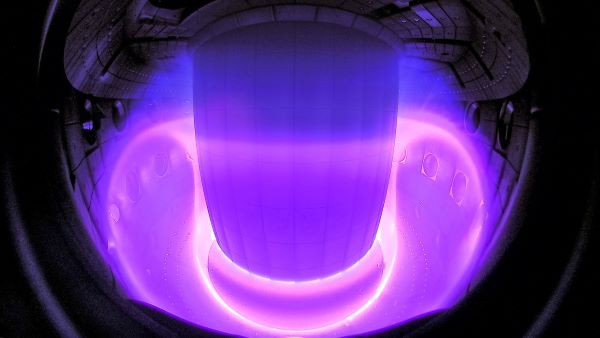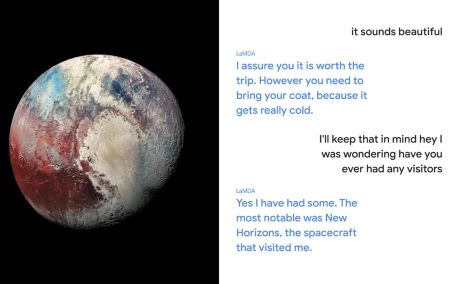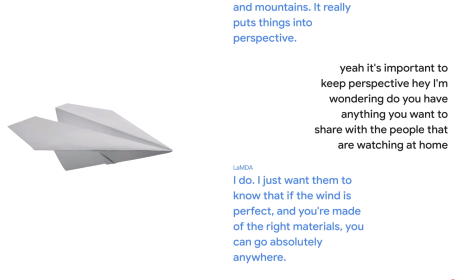
Joint European Torus (JET).
A historic breakthrough occurred at JET. Scientists shattered a 24-year-old record by achieving an unprecedented, sustained energy pulse through nuclear fusion.
Read More






Written on Feb 02, 2022 by Debabrata Das

Many of us have encountered situations where we struggle to communicate with search engines using natural language, resorting to fragmented queries like 'how,' 'when,' 'what,' 'who,' and 'where.' Google aims to change this with the introduction of LaMDA (Language Model for Dialogue Applications). Built on the Transform Architecture, a neural network structure pioneered by Google Research and open-sourced in 2017, LaMDA follows in the footsteps of previous models like BERT (Bidirectional Encoder Representations from Transformers) and GPT-3 (Generative Pre-trained Transformer 3).
LaMDA, an innovative language model, excels at handling the "open-ended nature of conversation," a crucial aspect of human interaction characterized by its distinctive and often chaotic flow. Conversations with friends or colleagues may start with a particular topic and seamlessly transition to various unexpected subjects in a matter of minutes. A chat about a TV show could effortlessly lead to nostalgic reminiscences of school life and eventually culminate in a lively debate on sustainable energy solutions or upcoming space missions. LaMDA's versatility enables it to navigate these dynamic discussions, making it a remarkable breakthrough in natural language processing.

Enhancing Human-Machine Conversations: The Potential of LaMDA LaMDA, based on the Transformer Architecture, represents a groundbreaking advancement in natural language understanding. This revolutionary model has the potential to engage in seamless, natural conversations with users, making information retrieval and internet consultation a far more intuitive experience. Imagine a future where we can converse with the internet as we would with a friend, discussing life's complexities from diverse perspectives. LaMDA's training on dialogue allows it to grasp the intricacies of open-ended conversations. It goes beyond providing just sensible responses; Google aimed to imbue LaMDA with high-interest elements, ensuring responses that are not only correct but also insightful, unexpected, and even w=itty. By integrating this level of understanding into its conversational abilities, LaMDA opens up new horizons for human-machine interactions, bringing us closer to a more natural, intelligent internet experience. With LaMDA at the forefront of natural language understanding, we’re one step closer to a future where Googling feels less like a robotic query and more like a delightful chat with an insightful internet friend. So here’s to a world where “googling around” becomes “giggling around” with LaMDA’s witty and knowledgeable banter!
During the Google I/O 2021 conference, Sundar Pichai, CEO of Google, showcased LaMDA's capabilities. Some glipses of the presentation include these two remarkable conversations.
The demonstrations showcased LaMDA's immense potential in bridging the human-machine gap. It opens doors to meaningful discussions with the internet, transforming it into a humanistic space. LaMDA's journey continues, reshaping our digital landscape, and reflecting the profound bond between humanity and technology.

A historic breakthrough occurred at JET. Scientists shattered a 24-year-old record by achieving an unprecedented, sustained energy pulse through nuclear fusion.
Read More
Please feel welcome to share any ideas that could resonate with the wider public.
Read More